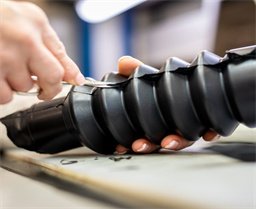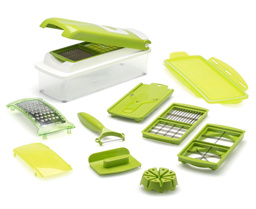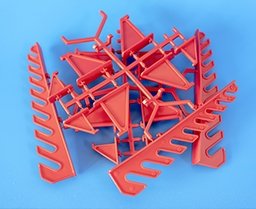The Rubber Molding Defects of Products and Solution
In rubber manufacturing, the choice of molding process directly affects both product quality and performance. Common methods—such as rubber compression molding, extrusion molding, and rubber injection molding—each have their own advantages, as well as typical defects. Understanding rubber defects is essential for improving yield and ensuring consistent quality. In this blog, we will explain the […]
The Rubber Molding Defects of Products and Solution Read More »










